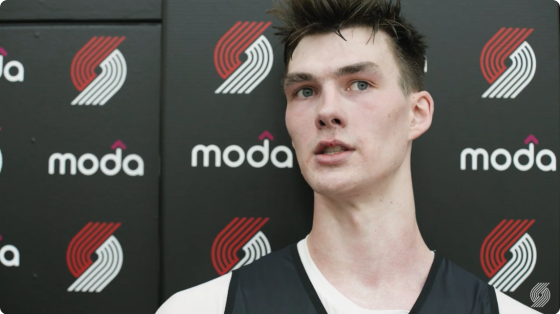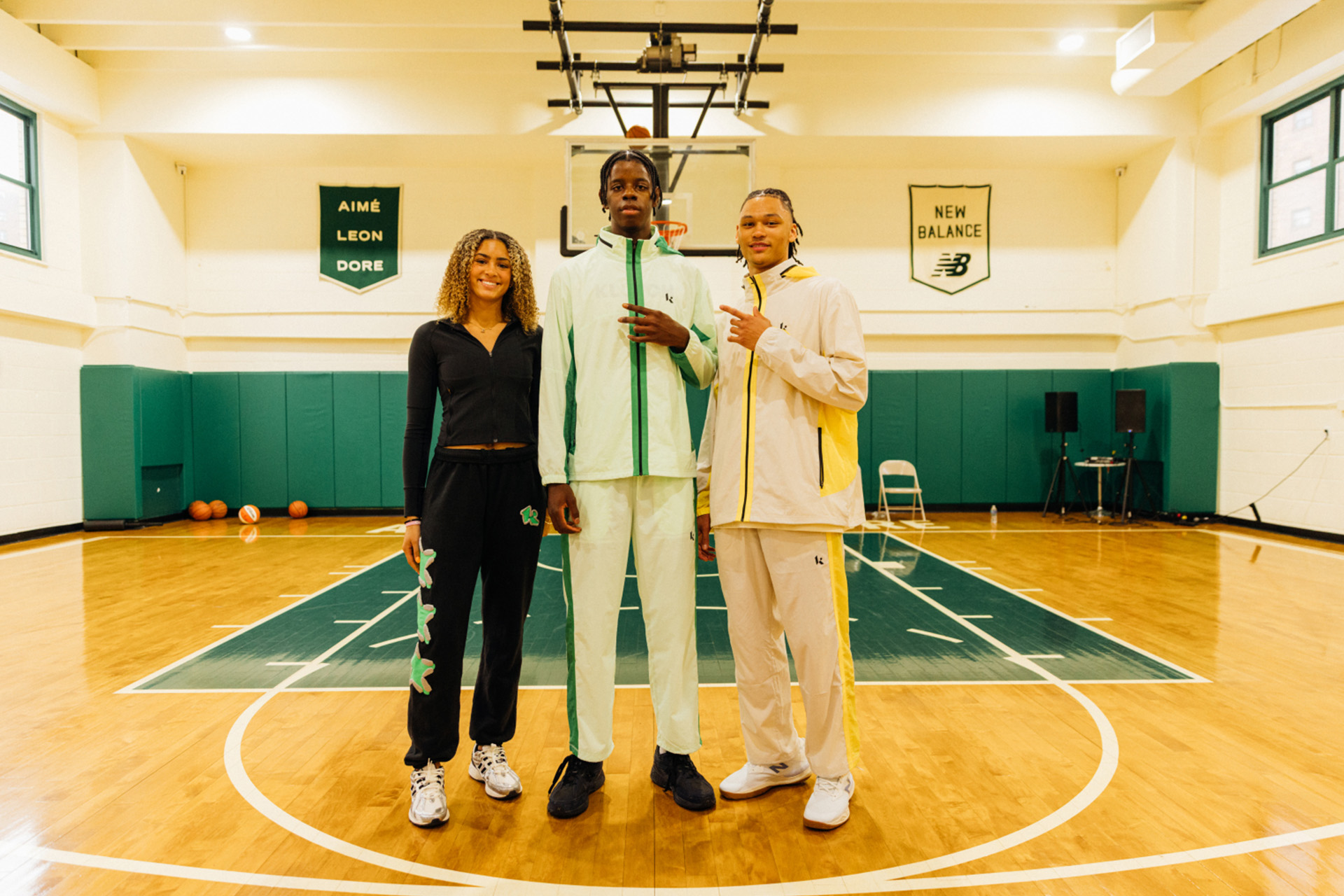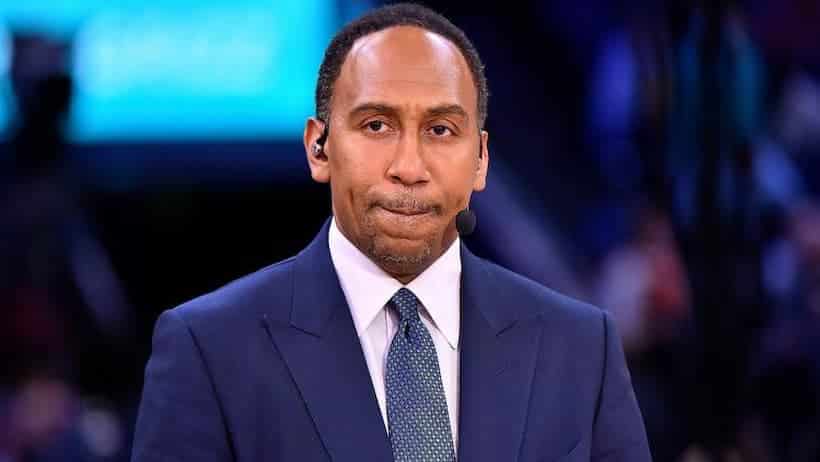Robert Williams needing to undergo a second surgery is a gut punch the Boston Celtics could have done without. We’ve long speculated that the number of injury-prone players on the roster could be a potential downfall for this team, so starting the season with two significant rotation players on the injury list is far from ideal.
Personally, I’ve been big on acquiring an additional center all summer, as there was always a question mark over Williams’ availability throughout the season, and whether Luke Kornet was ready to step into a larger role. Unfortunately, Williams’ injury struggles have reared their ugly head far too soon, and now we’re going to get all the answers we need about Kornet and probably Mfiondu Kabengele, too.
However, the Celtics do have three open roster spots, and the green light to spend whatever is needed to create a contending team. As such, let’s take a closer look at some of the free agent big men options and what they can and can’t bring to the table.
Dwight Howard
Photo by Barry Gossage/NBAE via Getty Images
As soon as the news broke about Williams requiring a second surgery, social media was awash with calls for the Celtics to extend an offer sheet to Dwight Howard. The version of Howard that is currently available is not the same as the version we saw dominating the paint for the Orlando Magic, or even for the Houston Rockets.
Entering what will be his age-37 season, Howard’s athletic ability has all but left the building, leaving a well-versed veteran in its place. Howard is no longer a vertical floor spacing rim runner who swats away shots and hammers home lobs. Instead, he’s a drop coverage defender that has solid control of both the offensive and defensive glass and can get you a couple of buckets per game. In his last three seasons, the Georgia native has averaged 6.9 points and 7.3 boards per game.
Still, Howard is a big body that can still give you a solid 12-15 minutes per game, absorb some contact down low, and keep you ticking over on both sides of the floor. As an impact guy off the bench, Howard is still a viable role player, but he’s not the rim-runner of old, and nor is he the physically dominant center that he used to be.
Hassan Whiteside
:no_upscale()/cdn.vox-cdn.com/uploads/chorus_asset/file/24040892/1393734463.jpg)
Photo by Tom Pennington/Getty Images
Seven feet tall, 33 years old, and averaged 7.6 boards for the Utah Jazz last season. It’s hard to overlook Hassan Whiteside as a potential resolution to the Celtics’ lack of depth at the center spot, especially if you want a more traditional big man in the mix.
Similar to Howard, Whiteside is not the rim runner that Williams is, but in truth, not many players in the league can claim to be. However, Whiteside provides a stern test for opposing offenses around the rim, as his size and length force shot alterations and/or bail-out passes. Whiteside will also give you an elite offensive rebounder, with the veteran center ranking in the 95th percentile in offensive boards last season, snatching 14.9% of his teams missed shots while he was on the floor.
Whiteside may not be deep into his thirties like Howard, but his athleticism has certainly begun to wane, as he cuts a slow, plodding figure when getting up and down the court. Similarly, Whiteside doesn’t have the veteran savvy of Howard, having played 721 games fewer than his Hall of Fame-worthy counterpart. Of course, with less miles on the odometer, Whiteside should theoretically withstand the rigors of an NBA season better than Howard, but given he would be reduced to a complimentary role once Williams returns, that may not be a significant concern.
DeMarcus Cousins
:no_upscale()/cdn.vox-cdn.com/uploads/chorus_asset/file/24040898/1240216886.jpg)
Photo by Bart Young/NBAE via Getty Images
If you’re trying to figure out how to best describe DeMarcus Cousins, the word you’re looking for is mercurial. Cousins has a checkered past in terms of being a good locker room influence, but over the last couple of seasons, has shown a willingness to embrace a bench role on multiple teams.
Unlike Howard and Whiteside, Cousins is more of a modern-day big man, capable of playing on the perimeter or in the paint, and could be a solid addition to the Celtics roster if they’re looking to embrace more of a five-out offense.
The downside to Cousins is that he also comes with a long injury history, including two severe knee issues, and there’s no guarantee his body could hold up throughout an entire season — especially if he’s playing significant minutes when covering for Williams and/or Al Horford.
Furthermore, by selecting Cousins, the Celtics would be giving up some of the defense Howard or Whiteside could bring, but they would be adding some additional firepower that can thrive in multiple offensive schemes.
LaMarcus Aldridge
:no_upscale()/cdn.vox-cdn.com/uploads/chorus_asset/file/24041018/1373179604.jpg)
Photo by John Fisher/Getty Images
Of all the options on the table for the Celtics, Aldridge arguably has the inside track due to his relationship with Ime Udoka, as the pair have previously worked together. Unfortunately, time has not been kind to Aldridge, as he’s no longer a mobile big man capable of moving side-to-side at speed, and at times, can look a little stuck in the mud.
There’s no denying the 37-year-old big is still a mid-range assassin, and is a terrific screener who can punish defenses that throw doubles or hard hedges at the ball-handler, but beyond that, he offers little in the way of spacing or genuine high-level defense.
Luckily for Aldridge, his 6’11’’ frame makes him an imposing figure when he’s guarding the rim, and his significant wingspan affords him some wiggle room when it comes to his inability to cover ground. Still, with so many limitations to his game, the Celtics could find greater impact elsewhere. However, if they value some mid-range shooting, and a reliable short-roll offense, Aldridge could be their guy.
Tristan Thompson
:no_upscale()/cdn.vox-cdn.com/uploads/chorus_asset/file/24041041/1407554042.jpg)
Photo by Joseph Okpako/WireImage
Tristan Thompson’s first spell with the Celtics didn’t go well, and there’s no reason to think a second chance would see different results. Sure, Thompson is an elite offensive rebounder, but his overall impact leaves a lot to be desired, as does his inability to secure the ball after grabbing a board.
Again, age has zapped some of Thompson’s explosiveness, and while he’s still one of the more mobile bigs on the market, his defensive upside is similar to that of Whiteside or Howard, primarily due to his lack of verticality and explosiveness.
Factor in Thompson’s poor outlook on regular season basketball, and it looks highly unlikely Brad Stevens makes the call to bring him back to the TD Garden — especially as he brings little in the way of offensive output.
Noah Vonleh
:no_upscale()/cdn.vox-cdn.com/uploads/chorus_asset/file/24041067/1266333550.jpg)
Photo by Mike Ehrmann/Getty Images
Similar to Aldridge, Vonleh has somewhat of an inside track over the other bigs on this list, as he’s already with the Celtics, and will get a chance to impress during training camp. However, Vonleh is fighting from a position of weakness having failed to standout during his time with the Shanghai Sharks, and having struggled to be an impactful rotation player during his previous NBA stops.
Still, Vonleh is mobile, agile(ish), and is a reliable screen and roll man on the offensive end. Of course, you will need to limit the Massachusetts native’s dribbling, as he has a tendency to pound the air out of the ball.
Defensively, Vonleh can give you some reliable minutes as a drop defender, who has no problem in staying in front of his man and contesting pull-up jumpers and/or drives to the rim.
Unfortunately for Vonleh, there are more experienced and accomplished centers available, and if you’re looking for consistency off the bench, or in a starting role, he might not be the best option for you at this moment in time.
Tough Decisions
Whatever choice Stevens makes, he will likely face some form of scrutiny. If you stand pat, you’re accused of being negligent. Sign a veteran — it’s a panic move. Ink Vonleh to a deal, and then you’re failing to understand the opportunity lying in wait for this team.
In truth, whoever Stevens decides to bring in will need to understand the role they inherit to begin the season is not the one they will fulfill once Williams is healthy. But, if an additional center can buy in to the project Stevens and Udoka are building, they’re going to put themselves in a good position to contend for a championship ring next summer, and that should be enough to ensure everyone is interested in answering the phone.






